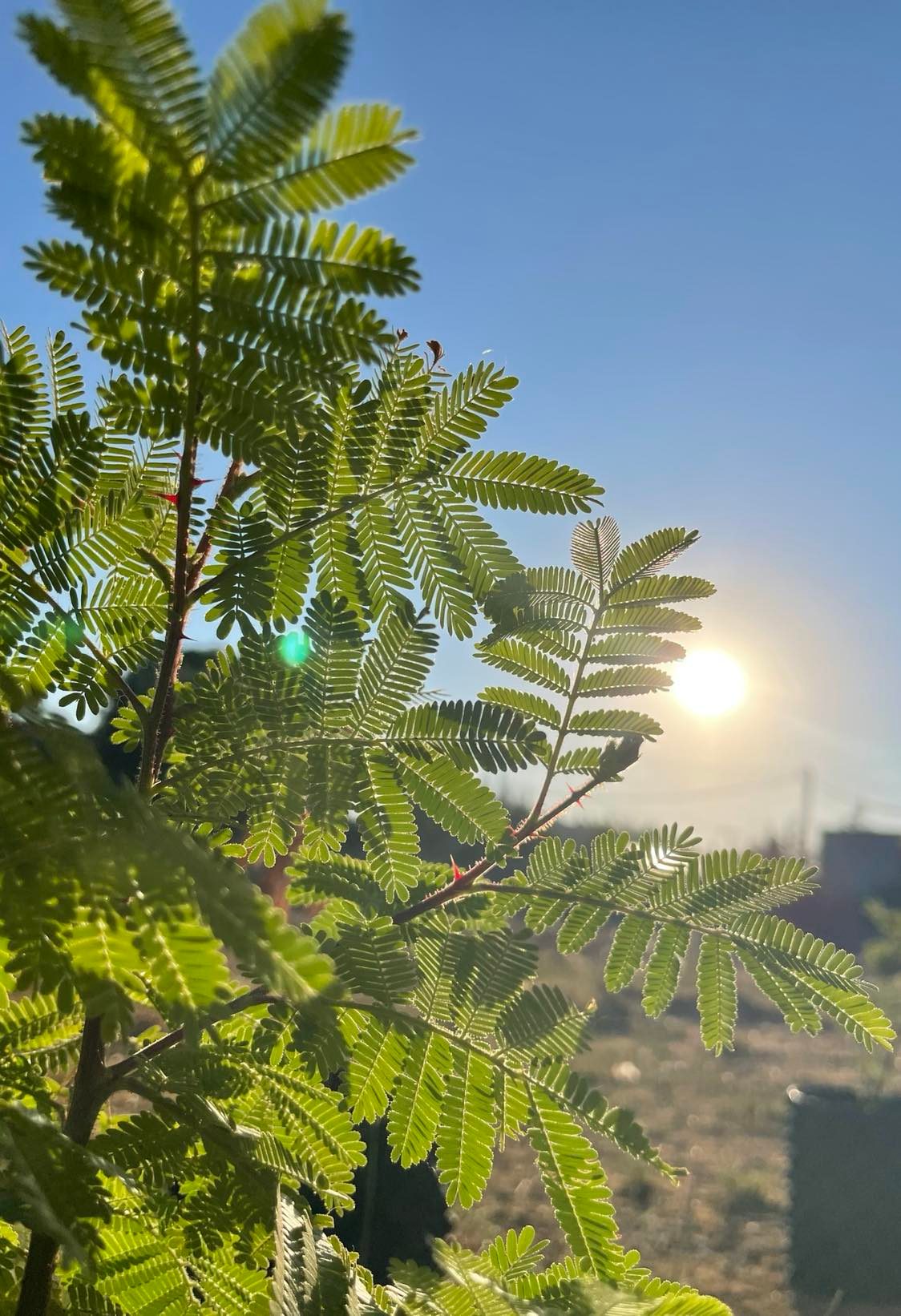
On the botanical sect of Mimosa hostilis
Posted by entheogenic paths on
In a dizzying time of change, belief systems play a central role in establishing structures of meaning.
They allow individuals to attribute meaning to existence and to be part of the world in all aspects of their lives. They mark their uniqueness and their way of life.
The religious person thinks about life in a strange way. He lives and expresses himself while using his own concepts and terms that are usually derived from a religious experience.
In short, it can be said that the world vision of the religious person is also his heritage represented in different levels of life: from eating to praying, from dressing to singing.
.
Many studies have been established with the aim of finding new herbal medicines for testing, so that they can then be isolated, synthesized, registered as a patent and then marketed to the general public.
However, there is another layer of research activity that begins with the collection of the ethnobotanical knowledge of the indigenous peoples, recognizing the importance of taking into account the entire pattern of use, rituals, mythology and tradition of these plants, instead of just the molecular and compounds that can be isolated from them.
Here there is considerable variation and disagreement regarding the extent to which the scientists from the industrialized world will recognize and compensate the indigenous people for the folk and scientific knowledge they have.
And in a language that I can understand even in the morning - the West and white colonialism, appropriated the indigenous culture in America, most of the rituals and customs that native groups rely on, are Catholic religious hybrids or those that migrated with immigrants from other continents.
[distracting image]
Today, several botanical species known as jurema are known.
This seems to be due to the great penetration of the ritual use of the plant and also the drink that bears its popular name, together with Afro-Brazilian religions in various parts of the country, except for the Northeast, where the species Mimosa Hostilis is native. The adherents of these religions looked for substitutes, and gave them the name jurema, thus giving mere plants or infusions the same symbolic value of a sacred character, i.e. visionary, attributed to the real plant, which gave birth to the worship of the jurema.
The following article cites 19 botanical species known as jurema. From this list, 16 belong to the same botanical family as the true yurma, Leguminosae - Mimosoideae, which show vegetative morphological similarities but do not necessarily contain tryptamines like demet.
https://www.scielo.br/j/babt/a/hJKxG9kcCchhLpzrYSkK6WC/?format=pdf&lang=en

The term jurema is polysemous.
First and foremost, he names some hallucinogenic mimosa plants common in Brazil. In addition, it is the name of a local vision infusion and also of non-vision-inducing drinks. This term can also refer to a haunted forest, or a physical place where certain rituals take place.
Jurema can also indicate many other interpretations such as objects of power, mythical figures and other aspects related mainly to the cult based on the use of vision infusion: JUREMA.
(Samorini 2016)
*There is really no data that can testify to how ancient this sect is. The first evidence of its existence was found in the inquisitors' documents from the end of the 17th century.
The origin of the Yurama cult comes to us from the northeastern region of Brazil, among a group of native tribes who live mainly in the state of Pernambuco, which borders the states of Paraíba and Sierra to the north, Piauí to the west, and Alguas and Bahia to the south.
Mimosa hostilis, as well as other species of the genus Mimosa, were used by the native tribes long before Portuguese colonization. After her, it was also used by Afro-Brazilians.
The plant is used to make a local hallucinogenic drink called "yorma wine", "yorma", "ajuca" or "anjucá" - depending on the group.
Additionally, it has been reported by a number of scholars that the Yorama sect supposedly died out during the 19th century (Schultis and Hoffman), but this does not appear to be true. The Portuguese inquisitorial pressure failed to extinguish the ritual completely, and it was carried on secretly by indigenous groups, in the same way that the shamanic use of hallucinogenic mushrooms in southern Mexico secretly survived the Spanish-flavored Inquisition, until its rediscovery by the Westerner, the 'father of modern ethnology', Gordon Wesson.
In a period ranging from the end of the 17th century to the beginning of the 19th century, the knowledge of the Yorama drink circulated between indigenous populations and groups of African immigrants who fled towards the Kilombo - the rural communities where they found refuge and protection.
These immigrants, 'merged' part of the local ritual use of Yorama, into the prayer arrangements of religious affiliation sects that came from Africa together with the wave of immigration, especially Candombela and later also Umbanda . Those cults in turn influenced the native tribes of the Jurama, who acquired and incorporated the specific theologies and ritual practices appropriated by the African reservation cults.
At the beginning of the 20th century, the indigenous-Brazilian populations, especially those from the northeast, the few that survived the European extermination, began to receive protection and territorial recognition from the new republican governments of Brazil that gave form to decrees, legislation and ritual institutionalization dictated by the new governments. A kind of " religious national pride".
For this purpose, Serviço de Proteção aos Índios was created in 1910 (SPI), with a tendency to identify indigenous groups that survived the 'witch hunt'.
In this historical period, what is known in the ethnographic and anthropological context as "a phase of identity reconstruction" of the native populations developed. A phase that sees the haunted Jorama involved in several cases.
In simple words, the use of yorma began a process of religious institutionalization in the state of Brazil. As happened in 1982 with the church of Santo Dame.
...
The main indigenous ceremonies related to the botanist cult - Jurema are:
Torre
Praia
Ouricuri
While those of the Afro-Brazilian cults that included the use of a drink called yorma, which does not always correspond to the original yorma hostilis, are:
Jarê
Piggy
Candomblé de Caboclo
Xangô
Umbanda
Catimbó
Torés misturados
The characteristics of shamanic practice are particularly reflected in the Yorma sect, especially the indigenous one and this is their secrecy.
No Western anthropologist has been able to participate or even describe, with the help of the natives, what happens in the most intimate rituals of the tribe and the natives are careful not to reveal their secrets, neither to their neighbors who do not belong to their ethnic group, nor to white people.
In this sense, the Yurma clan is actually a mystery cult.
That is, a cult whose participants are not allowed to talk to anyone who is not directly involved.
Something similar happened to the millennial cult of the Eleusinian mysteries in ancient Greece.
The most important nucleus of the Greek cult, kept secret among the initiates and the prohibition to reveal the mysteries under penalty of death, was so strictly respected for centuries that even today, despite the depth and breadth of research, the central face of the Eleusinian temple - Telesterion - the hall of visions, appears in question big.

There are at least twenty ethnic groups involved in the Yorama worship, which I will list in alphabetical order:
Acroa, Atanaya, Atikum, Fulniô, Geripankó, Guegue, Janduin, Jê, Kambiwa, Karapoto, Kariri, Kiriri, Pancaraé, Pancararu, Pimenteira , Shoco (or Xokó), Tingui-Botó, Truka, Tusha, Xukuru, Kapinawa.
Pancaraé
Among this group, who practice the Praiá ceremony, the Yurma drink was tasted for the first time by the chief. Only the older sorcerers, warriors and singers could participate in this ceremony, they kneel with their heads bowed and then receive the yorma dishes, which encourage direct dreaming. The ceremony took place mainly before going to war.
Here we find a reference to the heterogeneous use of Yorma, that is, to its use as a medicine for war. The term 'trogen' means "to be like a ferocious animal" and was coined by Benjamin Thomas in 1999 to denote warlike drug use.
Encantados or Encantos are spiritual beings - spirits or thought forms of deity - who descend to the place of the ceremony and possess some of the participants.
It is an Afro-Brazilian attachment mechanism, the influence of which was consolidated among this group during the year 1930...In this tribe, one can even find an explanation for the reason why traditionalists create a pit in the ground to pour into it the mimosa drink left over from the ceremony - this is not just a rejection of the excess of the entheogenic solution, but an offer Food for the requested spirits.
There is also the practice that, as far as I understand, also exists in "magic circles" in our country, where smoke is blown over the Yorma drink with a pipe that is usually smoked upside down, then the pipe is reflected in the bowl of the drink. This is probably an Afro-Brazilian or Western practice rather than an indigenous one.
Kariri - Kariri
In the Toré ceremonies of the Kariri tribe, two types of trance can be distinguished: one of capture, in which the medium remains unconscious and his body is taken by the spirits. And the second, closer to the intention of shamanism, where the PAJE (local sorcerer) consciously notices another plane of reality and sometimes even changes form and leaves his body, to operate in the parallel and invisible world for most of the participants in the ceremony.
*I tend to agree with a number of authors who believe that spiritual holding (Ichuz) is not a native American element, but rather a local interpretation of a Brazilian trans-Afro.
In recent decades, the rites of incorporation have been a focus of ethnic confirmation for indigenous peoples historically defined as "cabuclo" (mestizo\witch doctor), in their struggle for recognition and territorial conquest.
This traditional religious practice of yorma acts as a mindpack communication tool between different indigenous cultures and circles of urban people and arouses the interest of ecological groups, neo-shamans and defenders of cultural diversity.
In large urban centers, a new image of the Native Americans ("the Indians") as Brazilian citizens emerges, in addition to the opening of a global and symbolic 'Silk Road' for their tradition.
+The more traditional circle of the Yorama cult is still perhaps present in the more secret rituals of the native populations, those that were never given to them in an institutionalized or written form. And yet, a foreigner is not allowed to participate in them.
Kariri \ Shoko
A group of these natives live in the Brazilian states of Sergipe and Alagoas and both ethnic groups live along the Sao Francisco River.
At the beginning of the 1900s, the Choco tribe split into two groups, one of which united with the Kariri in the Colegio area, thus creating the cultural entity known today as the Kariri-Choco, while the other Choco group remained in their ancestral territory, on the island of São Pedro and the surrounding area, in the state of Sergipe.
In 1979, the Kariri-Choco couple recaptured the area they called Semantira (Sao Pedro Island) which they considered ancestral land. The occupation was proposed mainly, according to them, during acts of divination that took place during the Ouricuri rituals.
The Kariri-Shoku clan call the Yurikuri area the 'Forest of Spirits'.
In the past, the ceremony was called the holiday of Warakidza - a primordial cool being associated with a local palm tree.
Another entity of the Kariri-Shoko is Badzé (father), known as the tobacco god, and the name may have been born from the common term pajé (sorcerer), which also means a kind of 'spiritual father' or ritual guide in the local rabbi style.
Badja is called at the beginning of yurikuri ceremonies, through the collective smoking of tobacco pipes.
.
The extensive ethnological research conducted in the area describes the journey of some Kari-Choco natives, who left their village in Alguas. They organized an Indian reservation on land donated to them, and thus formulated through the public face of the Torah Masses a kind of economic survival strategy and a space for indigenous education.
The analyzes indicate that the Torah crosses ritual, political-economic and ideological dimensions, and becomes a way of subjective territorialization of the Kariri-Xoco in this urban context.
The power of the Toré cult reflects the power of the yorama to break psychological and spatial barriers as well as carry cultural symbols in continuous reinvention, while losing the power of expression and the connection between indigeneity and tradition and its origin.
Sources: selected translations from the website of the Italian ethnobotanist Giorgio Zamorini.
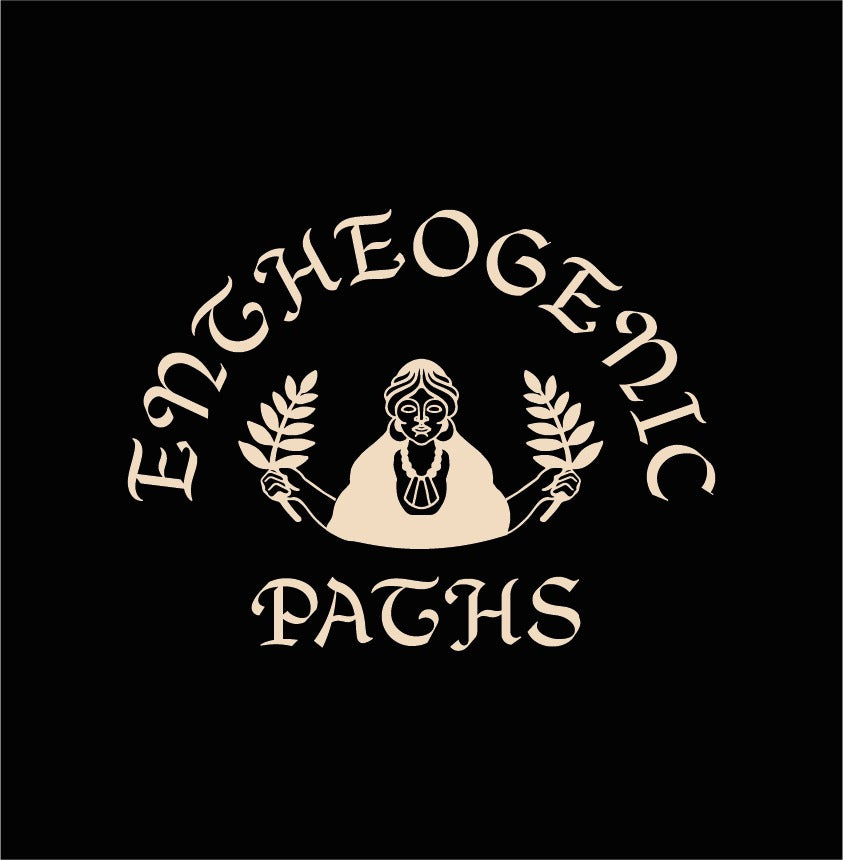
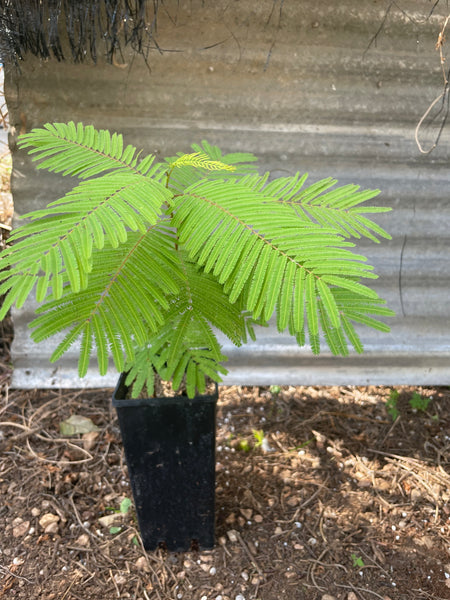

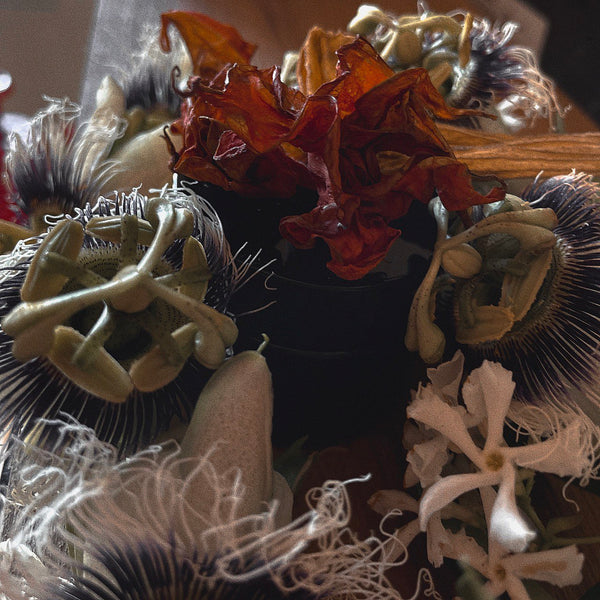
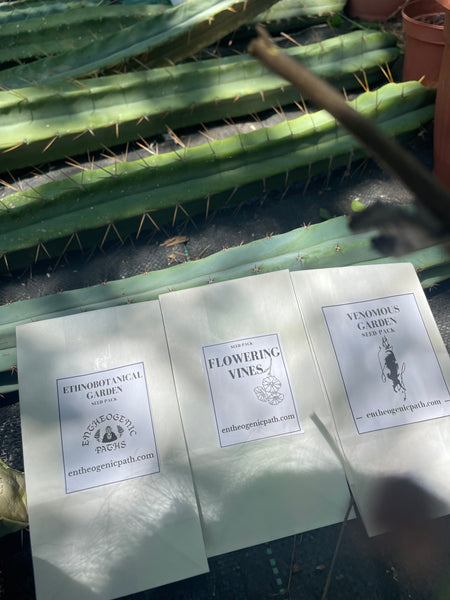
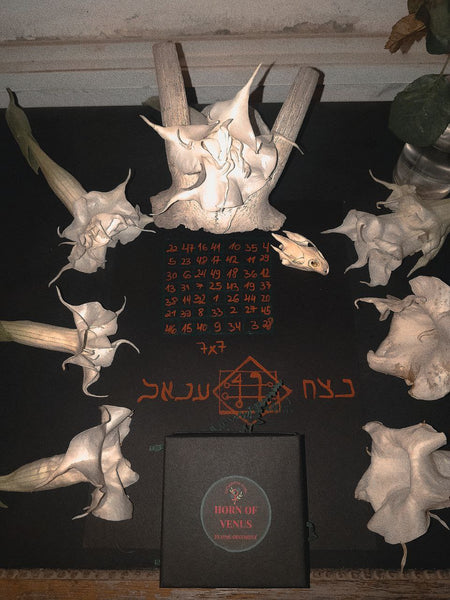
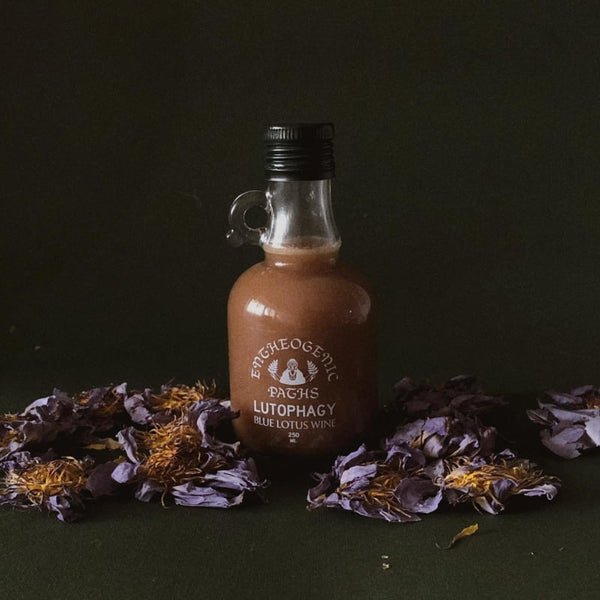
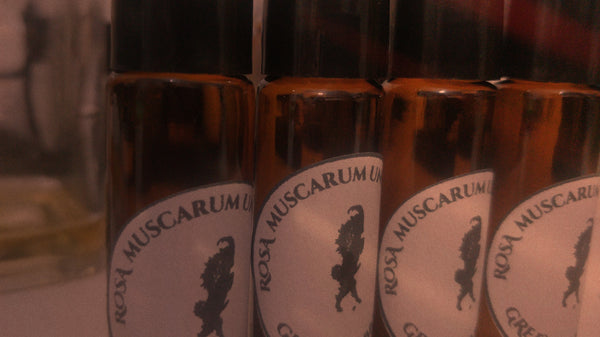
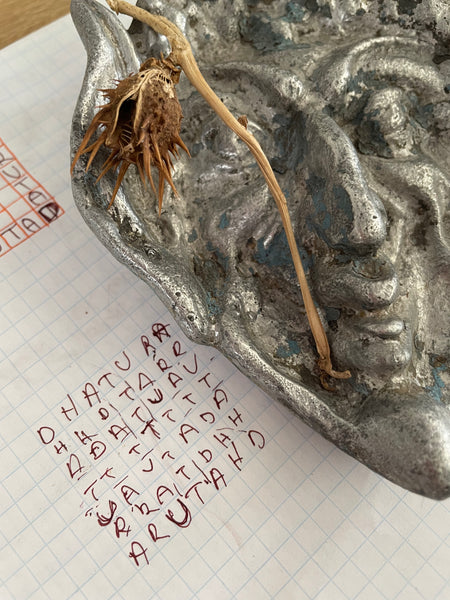

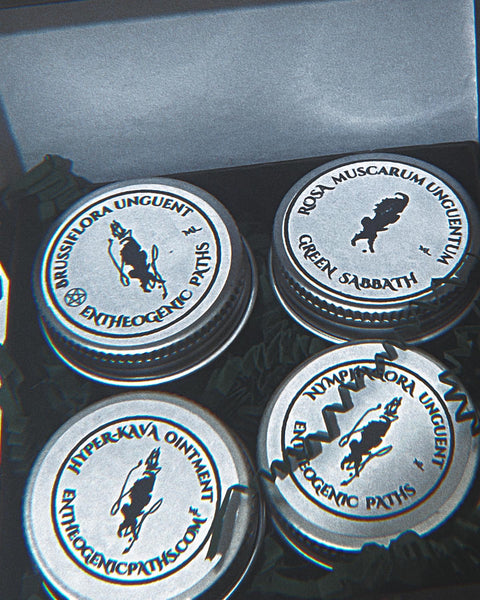
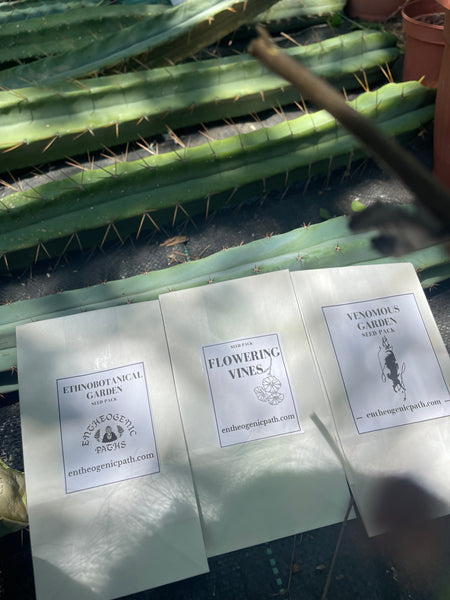
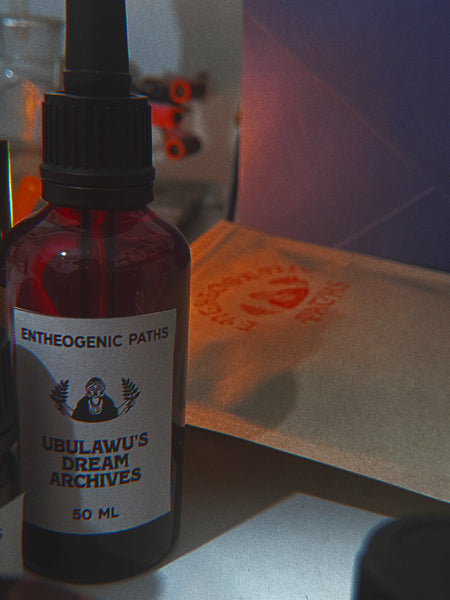
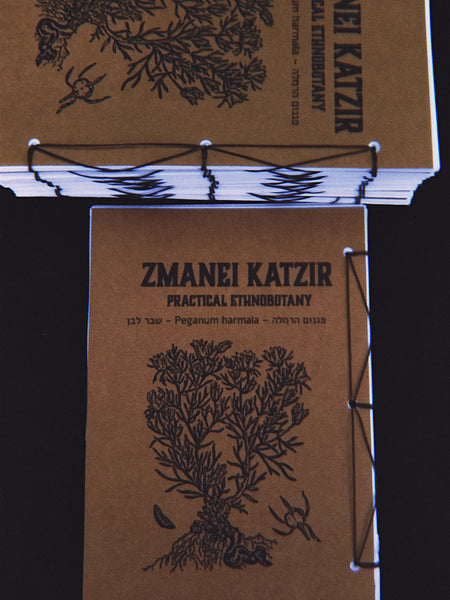

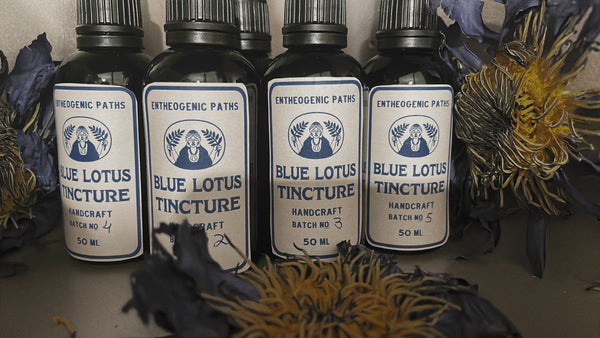

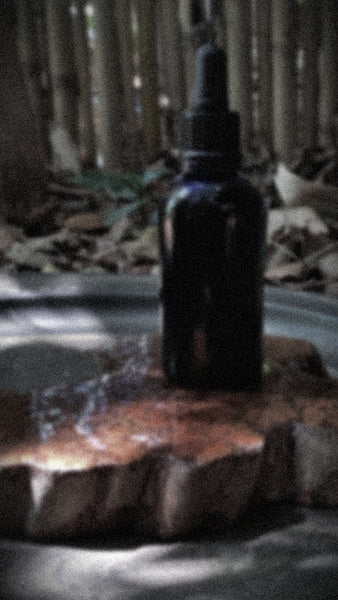
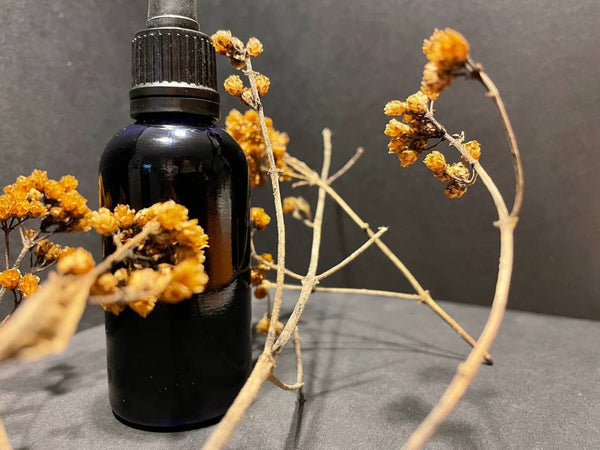
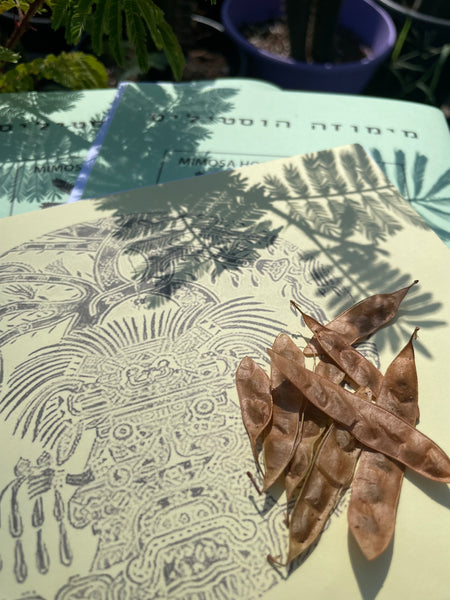

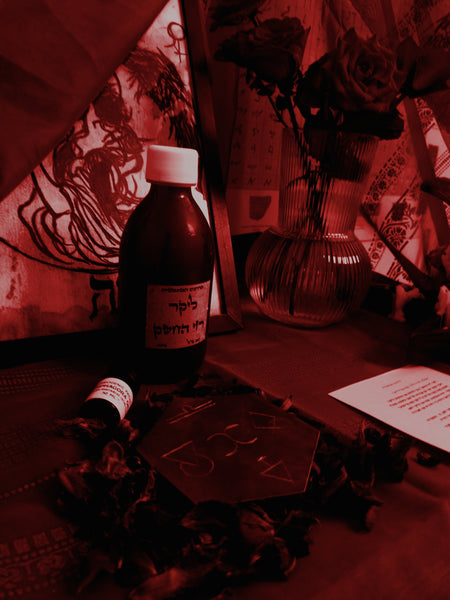

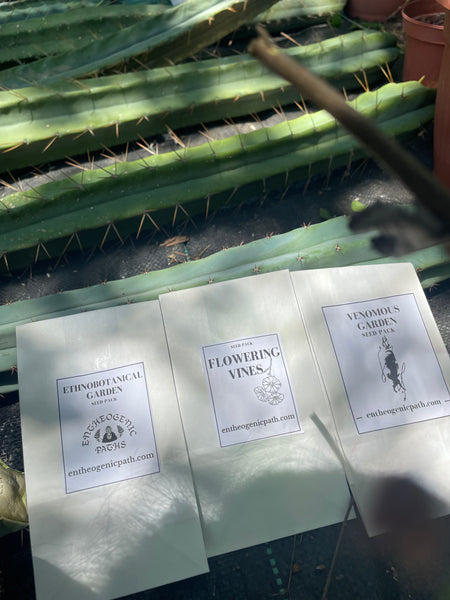
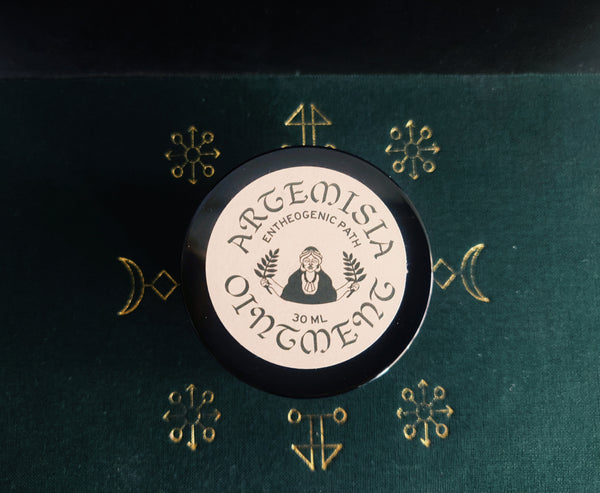
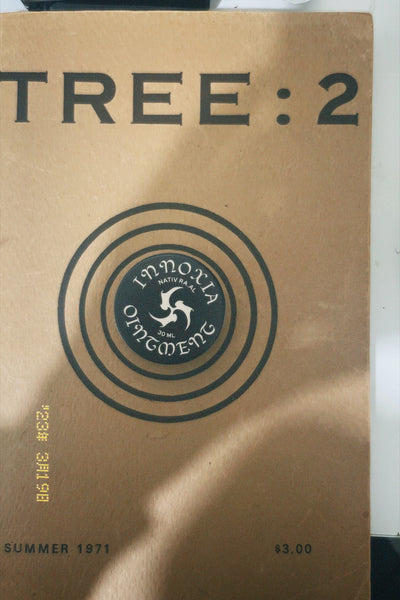
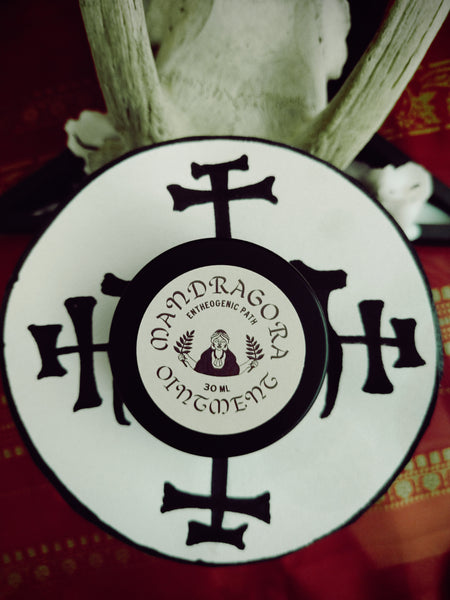
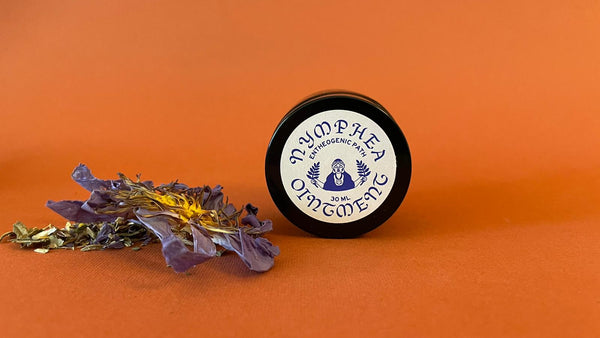
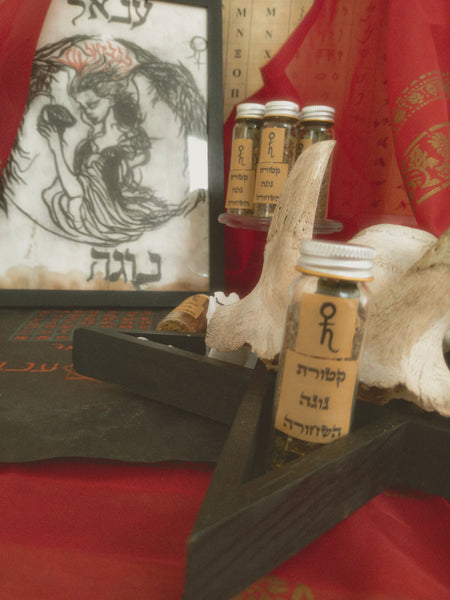

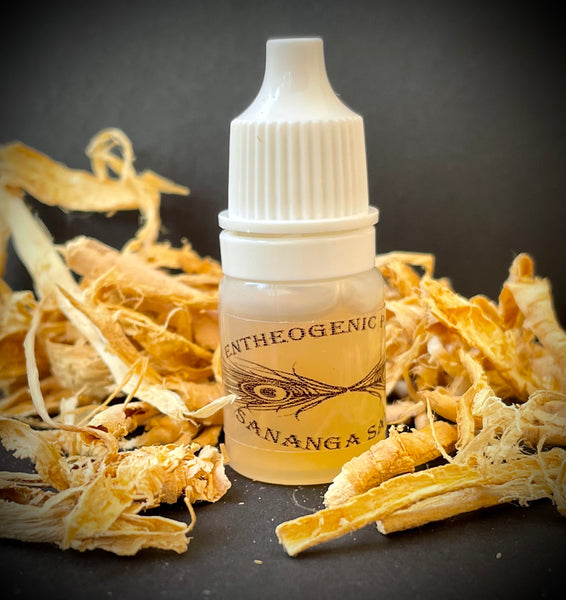


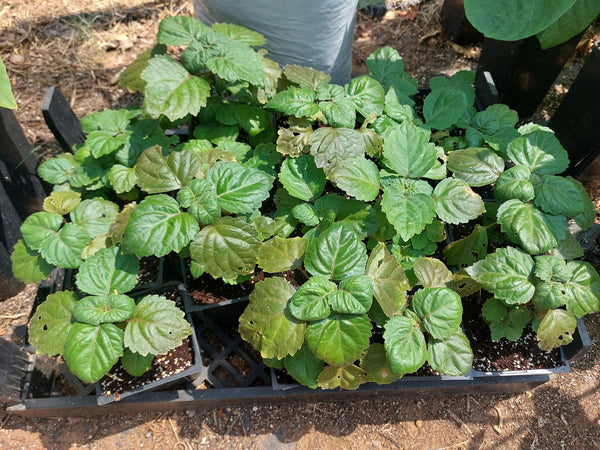
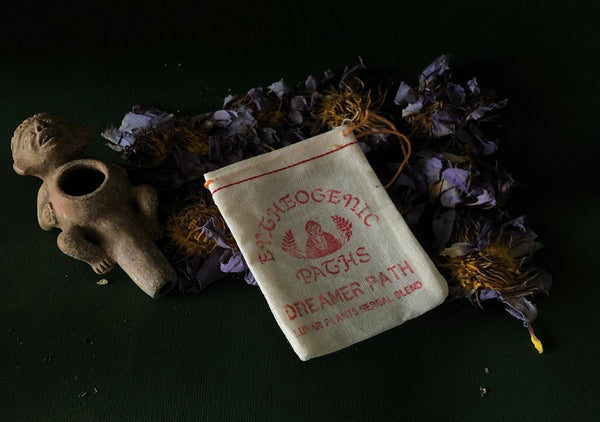
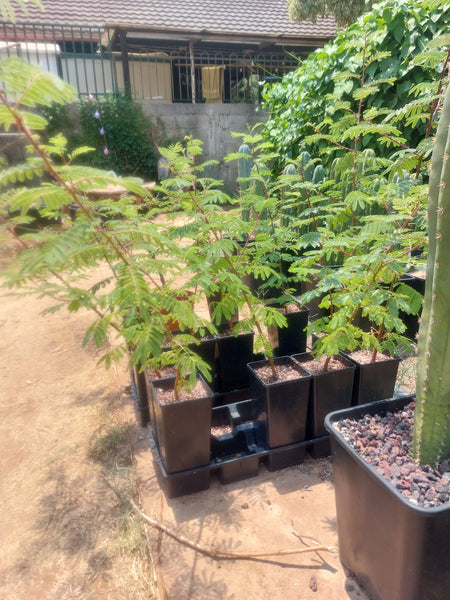


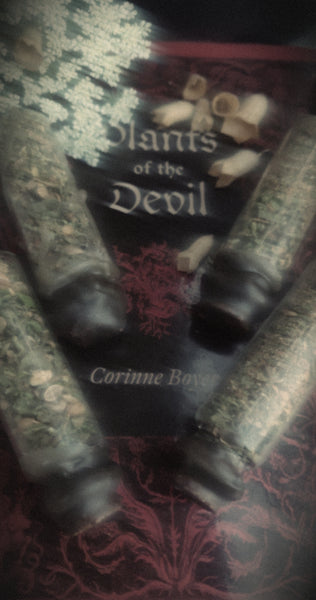
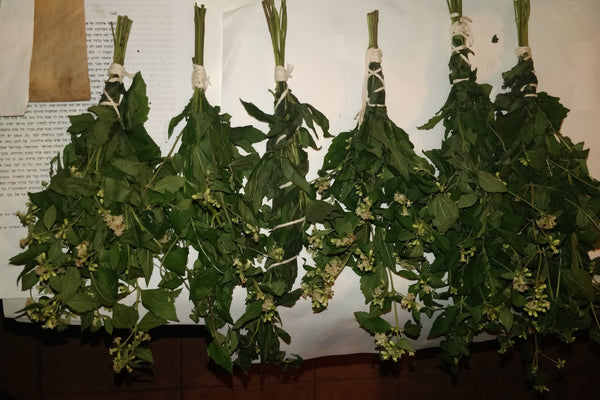
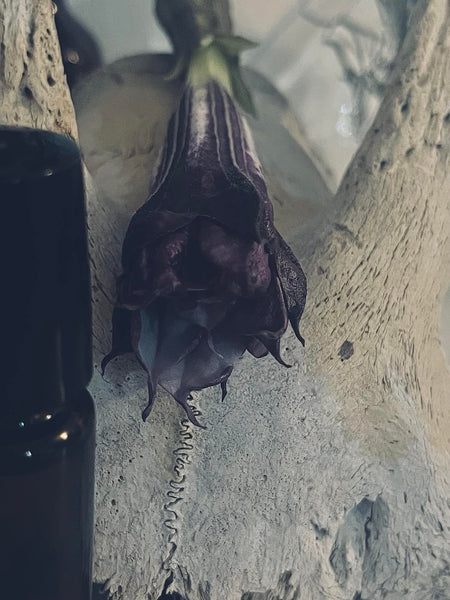

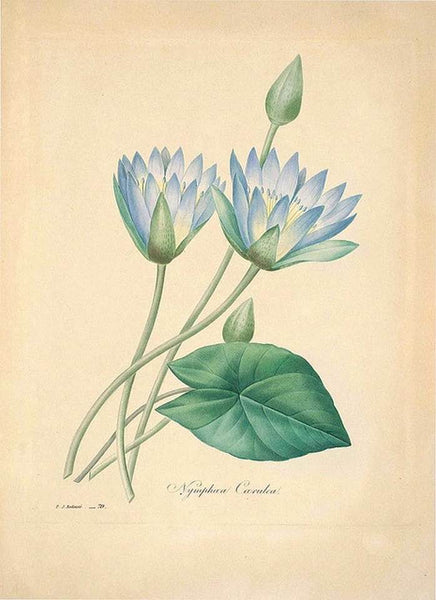
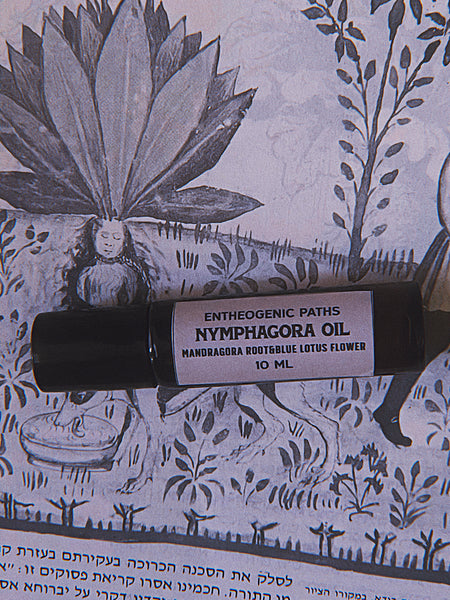
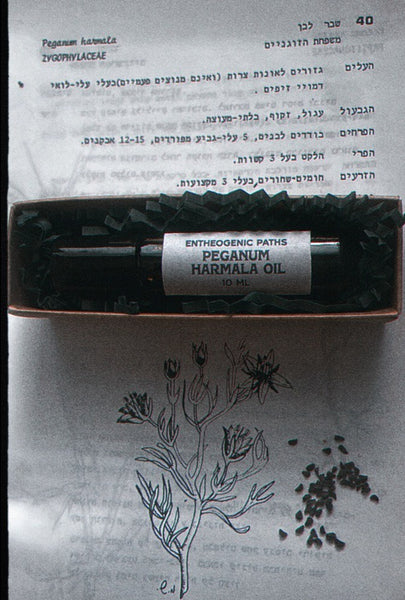
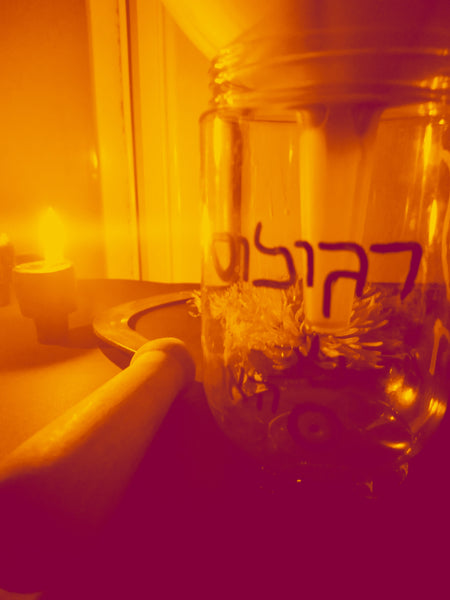
I’m impressed with the level of professionalism and care this site demonstrates. The information provided on DMT, LSD, and Ayahuasca is thoughtful and well-presented, and the delivery process was smooth and timely. It’s clear that attention to detail and customer satisfaction are priorities here — much appreciated. dmtbloom.com
כתבת הטרוגני
אולי התכוונת הטורגני
אבל מה אני יודע